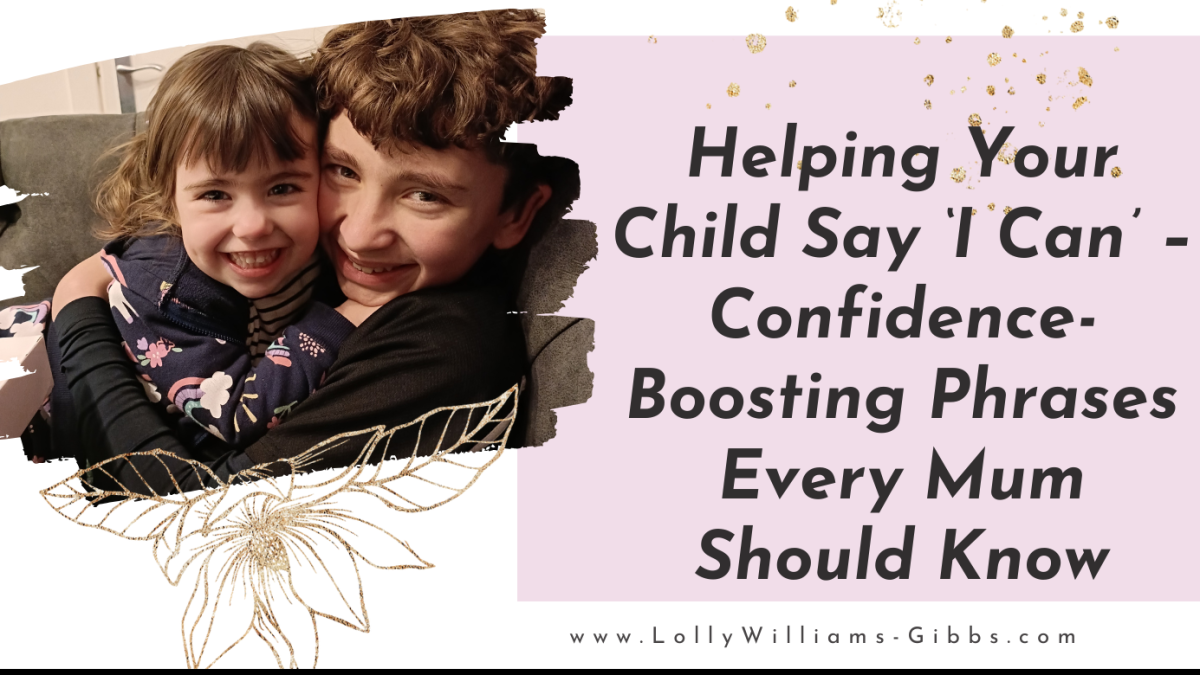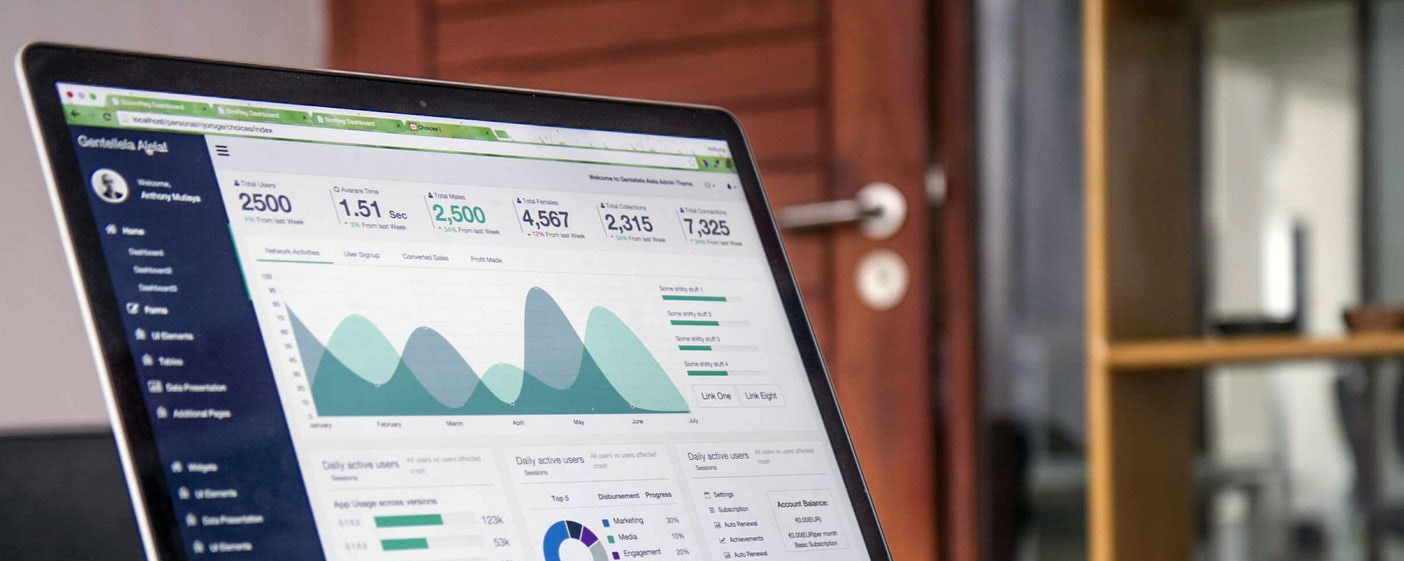Helping Your Child Say ‘I Can’ – Confidence-Boosting Phrases Every Mum Should Know

Use these simple, powerful phrases to help your child build confidence, resilience, and self-belief—one encouraging word at a time.
Hello, hello, hello my lovelies!
Let’s be real—how many times has your child looked at you with big, uncertain eyes and said something like, “I can’t do it,” or “I’m not good at this,” or even “I always mess it up”?
Heart-breaking, right?
As mums, it’s so tempting to rush in with “Yes you can!” or “Don’t say that!”—because we just want them to believe in themselves. But what if I told you that how we respond in those moments can either build their confidence or accidentally shut it down?
This blog is packed with powerful, confidence-boosting phrases you can use to help your child say “I can”—even when they feel unsure, scared, or ready to give up.
Let’s dive into the words that empower, the tone that matters, and the emotional modelling that creates lasting self-belief.
Why Your Words Matter More Than You Think
Children are little sponges—not just soaking up what we say to them, but what we say about ourselves too.
The language we use helps shape:
Their beliefs about failure
Their ability to bounce back
Their sense of self-worth
So when your child is feeling wobbly, your response isn’t just comfort—it’s a teachable moment that can shape how they speak to themselves in the future.
And the best part? You don’t have to say anything perfect. You just need to speak with intention.
5 Phrases That Build Confidence (and Why They Work)
Here are five go-to phrases to use the next time your child says, “I can’t,” or “I’m not good at this.”
1. “It’s okay to find this hard. Let’s figure it out together.” ✨ Why it works: It normalises challenge and shows them they’re not alone.
2. “You don’t have to get it right straight away—learning takes time.” ✨ Why it works: It reinforces a growth mindset and reduces fear of failure.
3. “I saw how hard you tried—that matters more than getting it perfect.” ✨ Why it works: It celebrates effort, not just results, helping them value the process.
4. “Can we break it down into a smaller step?” ✨ Why it works: It moves them from overwhelm to action, making things feel achievable.
5. “Remember that time you did something else that felt scary?” ✨ Why it works: It reminds them of their own bravery and builds self-trust.
What to Avoid (and What to Say Instead)
We’ve all done the whole “You’re amazing!” or “You’re the best!” – and while those are well-meaning, they can actually set up pressure if not backed by specific praise.
Try to avoid:
Over-generalising (“You’re always brilliant at everything!”)
Dismissing their feelings (“Don’t be silly, it’s easy!”)
Rushing to fix (“Let me just do it for you.”)
Instead, try: 👉 “I can see this is tricky. Want to talk it through together?”
👉 “It’s okay to feel nervous—what’s something small we can do first?”
👉 “I love how you kept going, even when it was hard.”
Modelling Self-Talk They Can Mirror
The most powerful thing you can do? Speak kindly to yourself—out loud.
When they hear you say:
“I’m learning something new, and that’s exciting!”
“That didn’t go to plan, but I’m proud I gave it a try.”
“I needed a break, and that’s okay.”
you’re teaching them how to speak to themselves when they face their own doubts.
It’s emotional legacy in action. 💛
Practice Makes Progress
Confidence isn’t a one-time pep talk—it’s something we build slowly, through repetition and real-life modelling.
Every time your child hears you speak belief into them…
Every time you pause and let them process…
Every time you value effort over outcome…
you’re laying a foundation that will stay with them for life.
So don’t underestimate those little moments. They’re the big ones in disguise.
Final Thoughts
Helping your child believe in themselves doesn’t mean solving every problem for them. It means creating an environment where they feel safe to try, safe to fail, and safe to rise again.
Your words can be the bridge between “I can’t” and “I’ll give it a go.”
So next time your child has a wobble, take a breath, drop into that calm energy, and remember—you don’t need to fix it. You just need to see them, believe in them, and speak life into their confidence.
And if you try one of these phrases this week, let me know in the comments—I’d love to hear how it lands!
You’ve got this—and so do they. 💛
Categories: : Legacy and Skill-Building for Children
 LollyWilliams-Gibbs Williams-Gibbs
LollyWilliams-Gibbs Williams-Gibbs 
